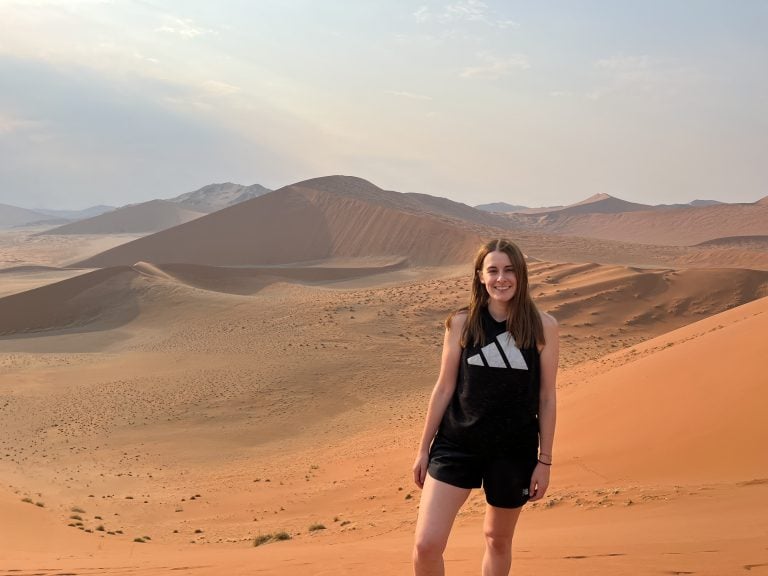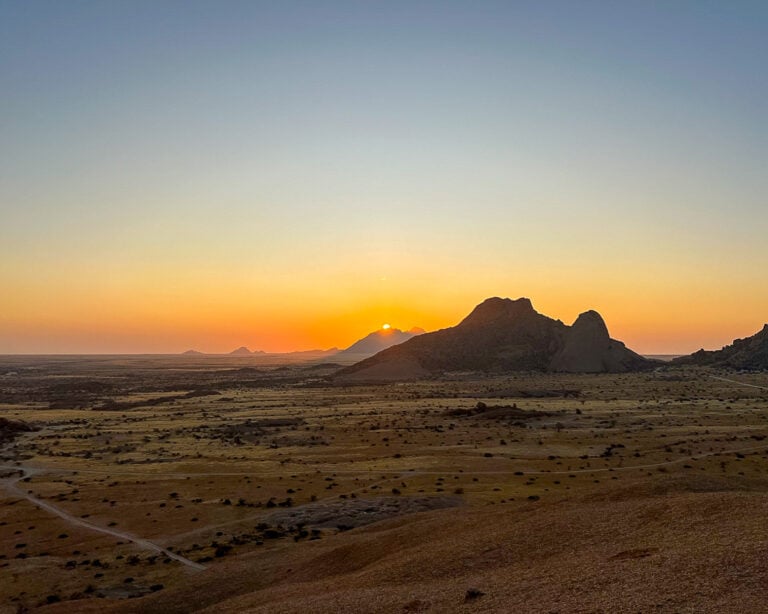10 Things to Know About Camping in the Okavango Delta
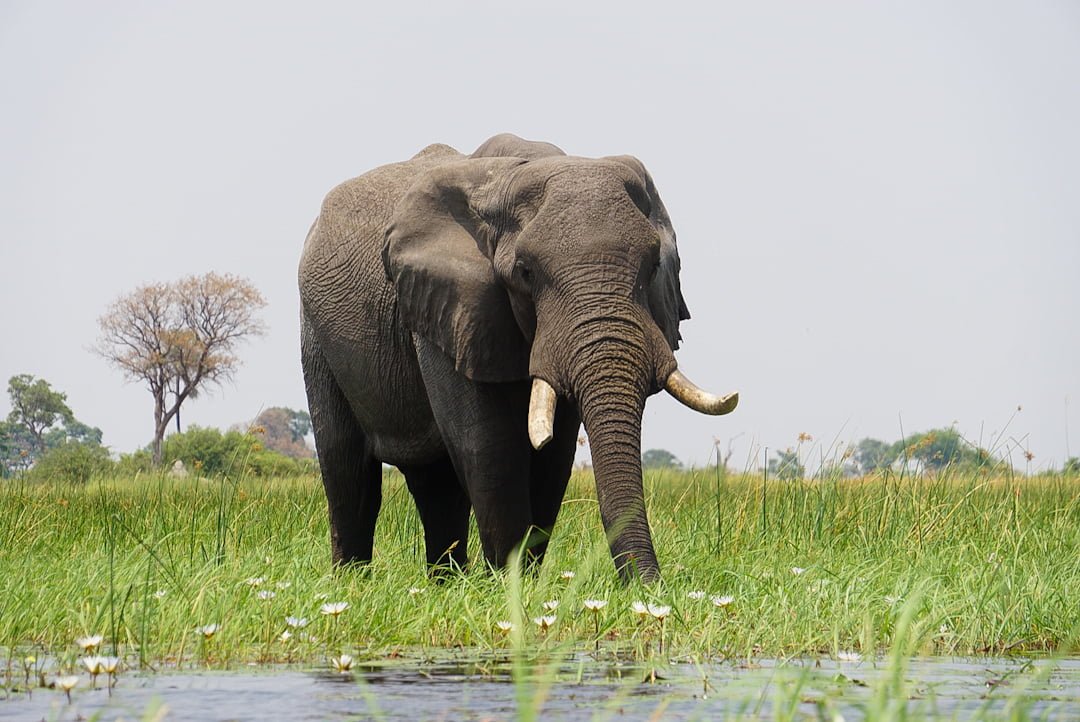
Visiting the Okavango Delta is a once-in-a-lifetime experience. Located in western Botswana, this giant floodplain is teeming with wildlife. Before we even started our journey into the Delta, we saw multiple elephants and hippos stood a few meters from us. It really is one of the most authentic and natural safari experiences in Africa.
For many, no trip to the Delta is complete without an overnight camping trip. In this post, I’ll tell you 10 things you need to know about camping in the Okavango Delta.
Camping in the Okavango Delta is a unique experience. There are not many places in Africa where you can wild camp right in the heart of an area full of animals, including lions and leopards (with no fences). But this is what makes the camping experience so magical and special. There are no signs of civilisation, no facilities, and no electricity. It’s bush camping at its finest.
Side note: There are a couple of lodges with permanent fixed tents in the Delta, but this post is focused on wild camping. I’m working on a guide to visiting the Okavango Delta, which will share more about planning your trip to the Delta and will cover these options.
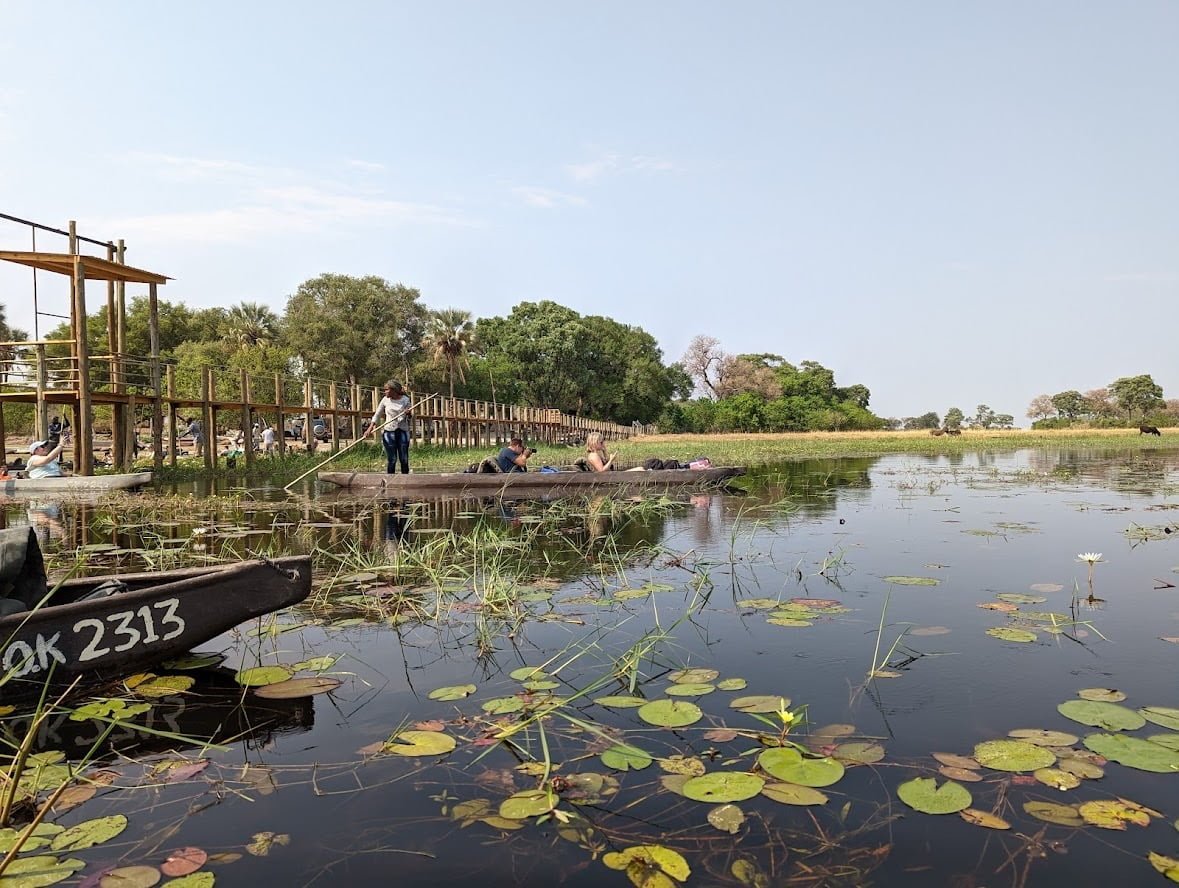
If you’re planning a camping trip to the Okavango Delta, you’re in for a real treat. It requires a little preparation, however. You’re going out into the wild and want to have the best experience. To help with your planning, here are ten things you need to know about camping in the Okavango Delta.
For more information on the Delta, including how to plan your visit and when to visit, check back soon for my guide.
I visited the Delta as part of a 55 day camping trip across Africa with G Adventures.
It’s bush camping
As explained above, camping in the Okavango Delta is wild camping. There are no permanent campsites with facilities. Your guides will take you down the Delta until they find somewhere suitable. Of course, they have places they use regularly. But where you stay depends on several factors, including the weather, where the hippos are (you don’t want to camp with the hippos) and water levels.
The camping experience takes you out into the bush. When the guides have found somewhere suitable, you can set your tent up while the guides dig a hole for the toilet. That’s it. You can be in the mokoros (canoes) for a couple of hours before you find somewhere, so you’re well away from any civilisation. This is what makes the trip so unique and special. Embrace the experience as much as you can.
There are hippos
The Okavango locals will take you to your campsite in a traditional dugout canoe known as a mokoro. They skilfully navigate the Delta looking for somewhere to camp. The delta is a hot spot for wildlife, and one of the most common residents here are hippos.
Hippos are the world’s most dangerous land animal (after mosquitoes). They’re extremely territorial and their enormous jaws can crush anything in their way. As you get into the mokoros, it won’t be long before you see your first hippo watching you. The locals do their best to avoid the hippos, but this isn’t always possible. The group who went after us learnt this first-hand when one of the mokoros got capsized by an angry hippo. Thankfully, no one was hurt.
We swam in the river, but our guides were keeping a close eye out for the hippos so we could get out of the water if they got too close.
Don’t let this put you off, but be prepared to go the long way round if hippos are blocking the way.
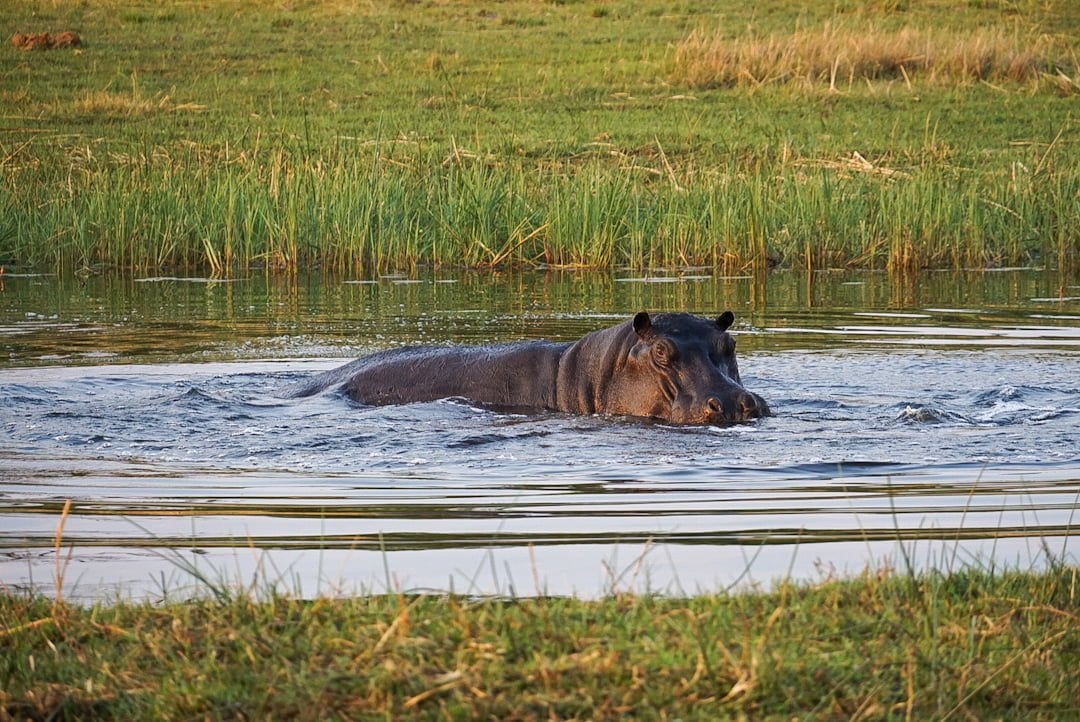
In fact… there are lots of animals
There are all sorts of animals in the Okavango Delta. This includes lions, elephants, hippos, leopards and zebras. This isn’t your traditional safari where you’ll be safe in a vehicle or watching the animals safely from the other side of a fence. You are camping in the wild. There’s nothing between you and the animals.
This makes camping in the Okavango Delta an exciting and unique experience. There aren’t many places in the world where you can have this much of an authentic safari experience. Our guide told us that he once woke up to a leopard rubbing on his tent.
This means that you need to be aware of your surroundings. It’s not the type of place you want to wander off. At nighttime, you’re told not to leave your tent unless you have to. If you do, take someone with you.
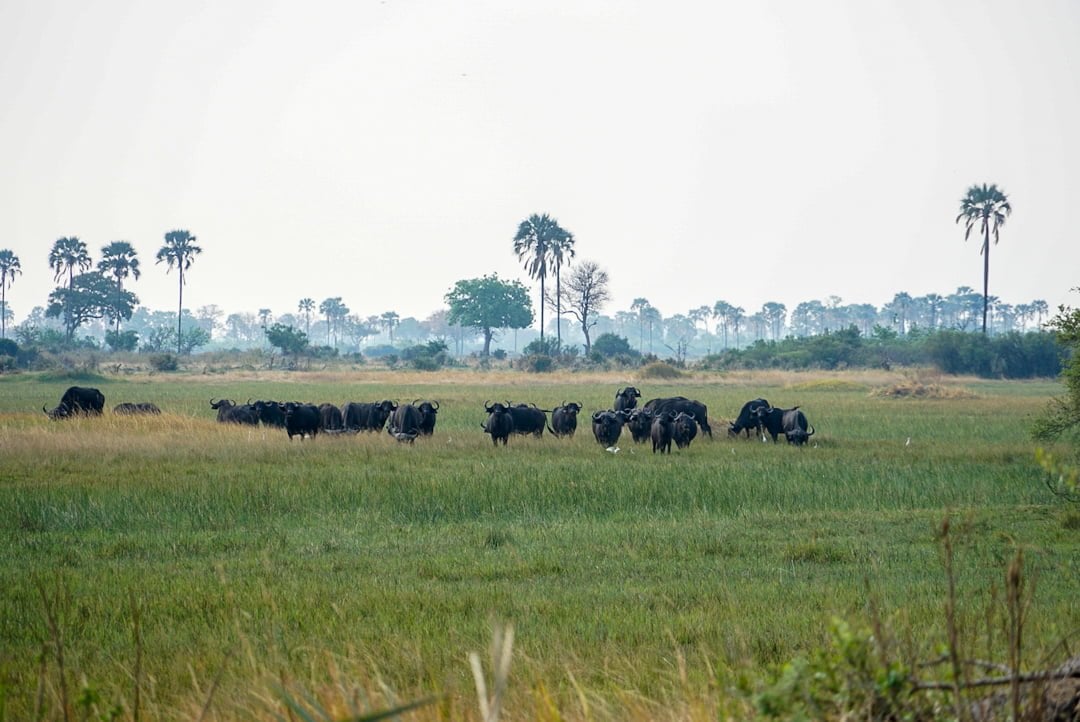
Pack for all weather
The Okavango Delta gets very hot… and I mean… HOT. There’s no respite here. The guides look for camping spots under trees for shelter, but this isn’t guaranteed.
Make sure you have clothes to keep you cool, but be prepared for chilly mornings and rainstorms. The rain typically hits between November and April, so you’ll want to be waterproof. April to September can also see cool nights and mornings, so be sure to have warmer clothes in case.
Take plenty of water with you as there won’t be any in the delta. Take more than you think you’ll need. You don’t want to go thirsty.
There are no facilities
If you’re camping in the Okavango, there are no facilities. The guides dug us a hole for the toilet just around the corner from the campsite, but that was it. There’s no electricity, running water or flushing toilets. This is wild camping at its purest and finest.
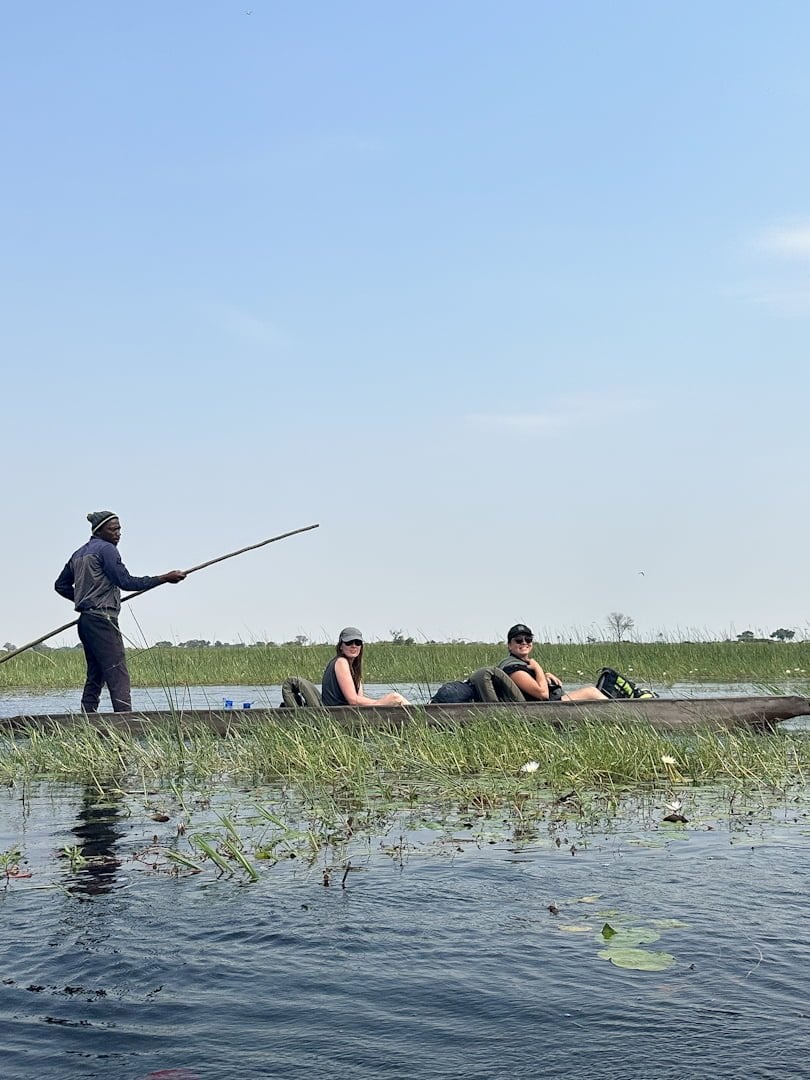

The local guides are amazing
The residents who live in and around the Okavango Delta run the tours. Each mokoro will take two people, so you’ll likely have a few guides with you. The journey to the campsite can take anything from an hour to three hours, so the guides stay with you overnight.
They really do a fantastic job. After helping us all day, they spent their night telling us about their lives, sharing their stories, songs and games. It was such a magical evening and is one of my highlights of my entire trip to Africa.
The sun and heat are relentless
The Okavango Delta is exposed and when you’re in the mokoro (canoe), you won’t have any respite from the blazing sun. It usually takes at least one hour to find a campsite, so be sure to have sun protection with you and plenty of water.
When you arrive at your camp, the guides find a safe and suitable place for swimming in the delta so you can cool down (a bit). The delta is very humid and even at night, it sticks around. All you can do is embrace this and make sure you have plenty of water.
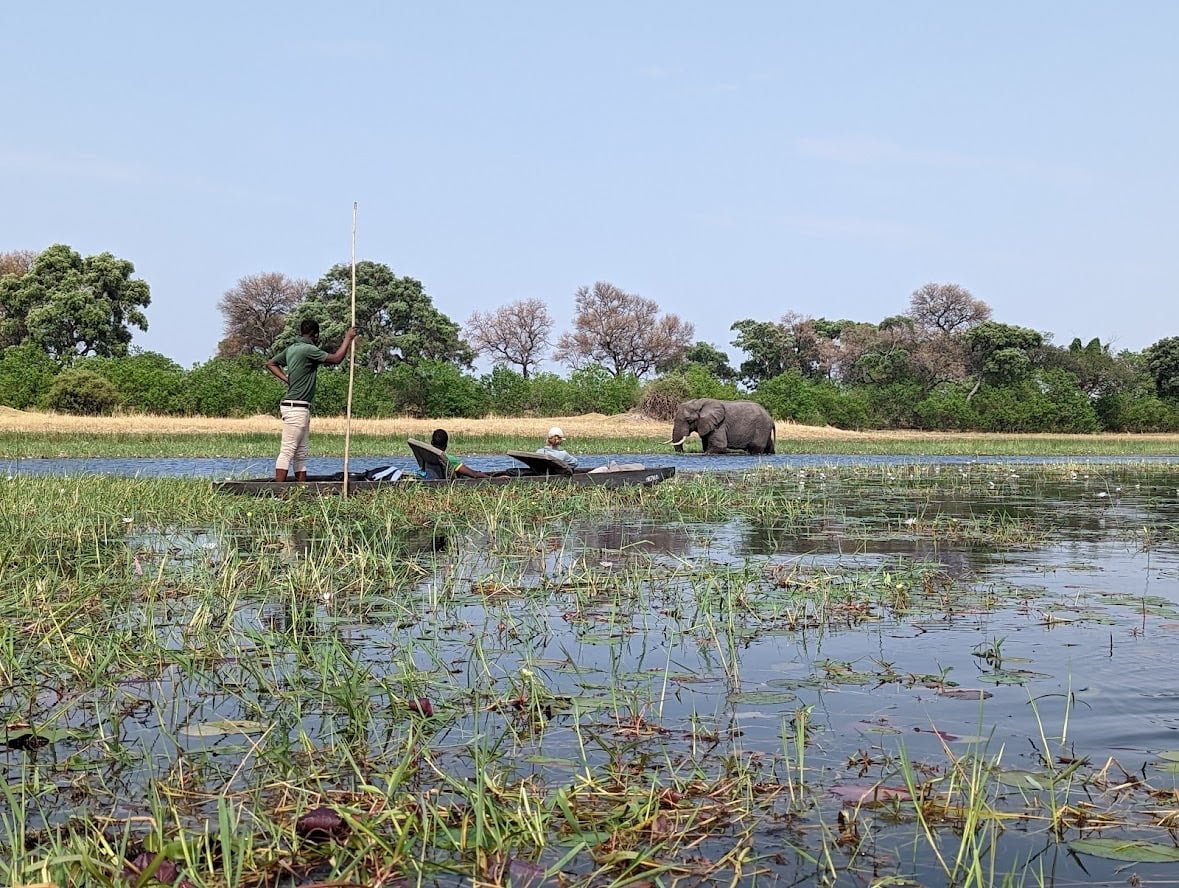
Be prepared for the activities
As part of your trip into the Okavango Delta, your guides will organise excursions such as walking safaris and swimming in the river. These are truly once-in-a-lifetime experiences and you don’t want to miss out because you are unprepared.
Make sure you have everything with you, such as suitable walking shoes, neutral colours and, of course, swimwear.
The walking safari is a fantastic experience. There’s nothing between you and the animals. It’s exhilarating. The swimming is also excellent. How many people can say they’ve swum in the Okavango Delta?

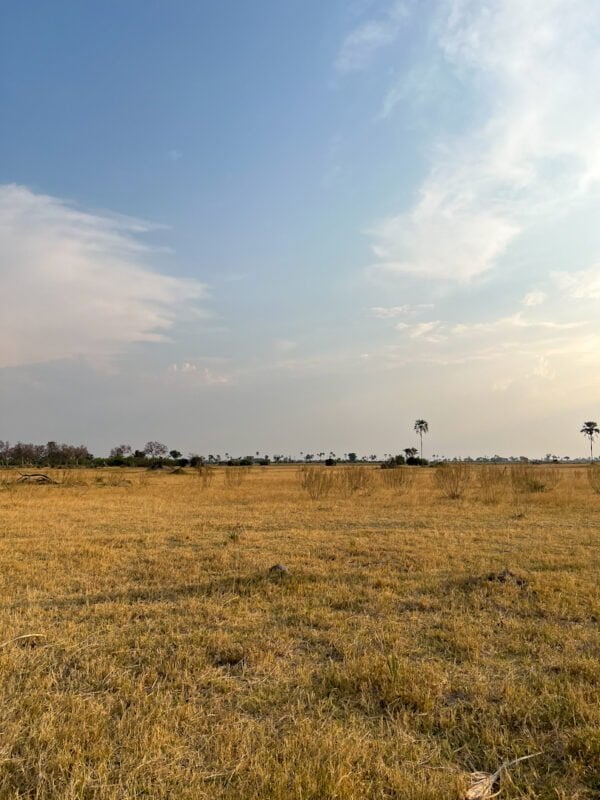
Wear neutral colours
Some animals (and insects) are attracted to bright colours. If you’re wearing a bright orange top, you’re going to stand out and curious animals will want to see what’s going on. For this reason, it’s advised you were neutral colours such as khaki, black or brown.
Only take the essentials
Camping in the Okavango Delta is a unique and wild experience. There’s no point taking too much with you. It will make it harder for the guides to steer the mokoro (canoe), and anything you take is going to get dirty and dusty. With this in mind, only pack the essentials and the bare minimum.
Everyone is going to be in the same boat as you. No one is going to shower. So don’t worry about taking anything you don’t think you’ll need.
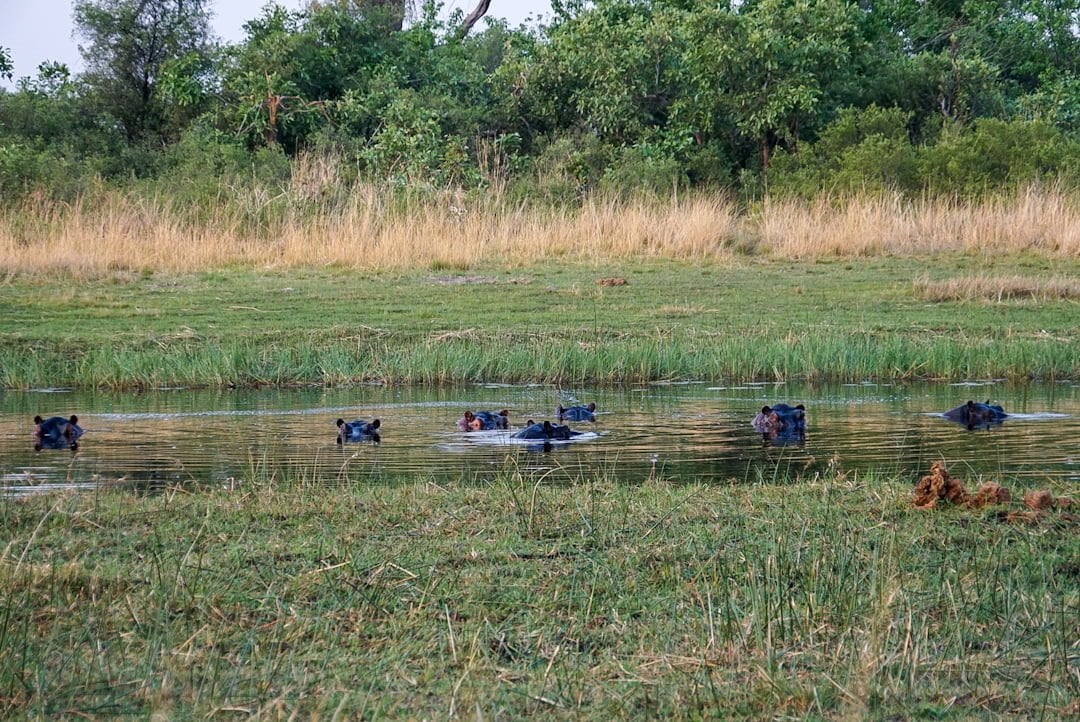
Okavango Delta Camping packing essentials
Here’s my list of packing essentials. Depending on your tour, you may also need to take your own sleeping mat and sleeping bag and food.
- Neutral clothes
- Closed-toe shoes good for hiking
- Essential toiletries
- Something to sleep in
- Waterproof coat
- Sun hat
- Sunglasses
- SPF sun protection
- Bug spray
- Plenty of water
- A small day bag to take on walks
- Swimwear
- Towel
- Biodegradable wet wipes
- Snacks (be careful with snacks, you don’t want to keep food in your tent as this will attract the animals)
- Cash for tipping your guides
In the dry season (April to September), the nights can get cold so make sure you have a warmer layer.
A road trip to Namibia can also be incorporated with a trip to Botswana. Read my guide on planning a trip to Namibia here.


